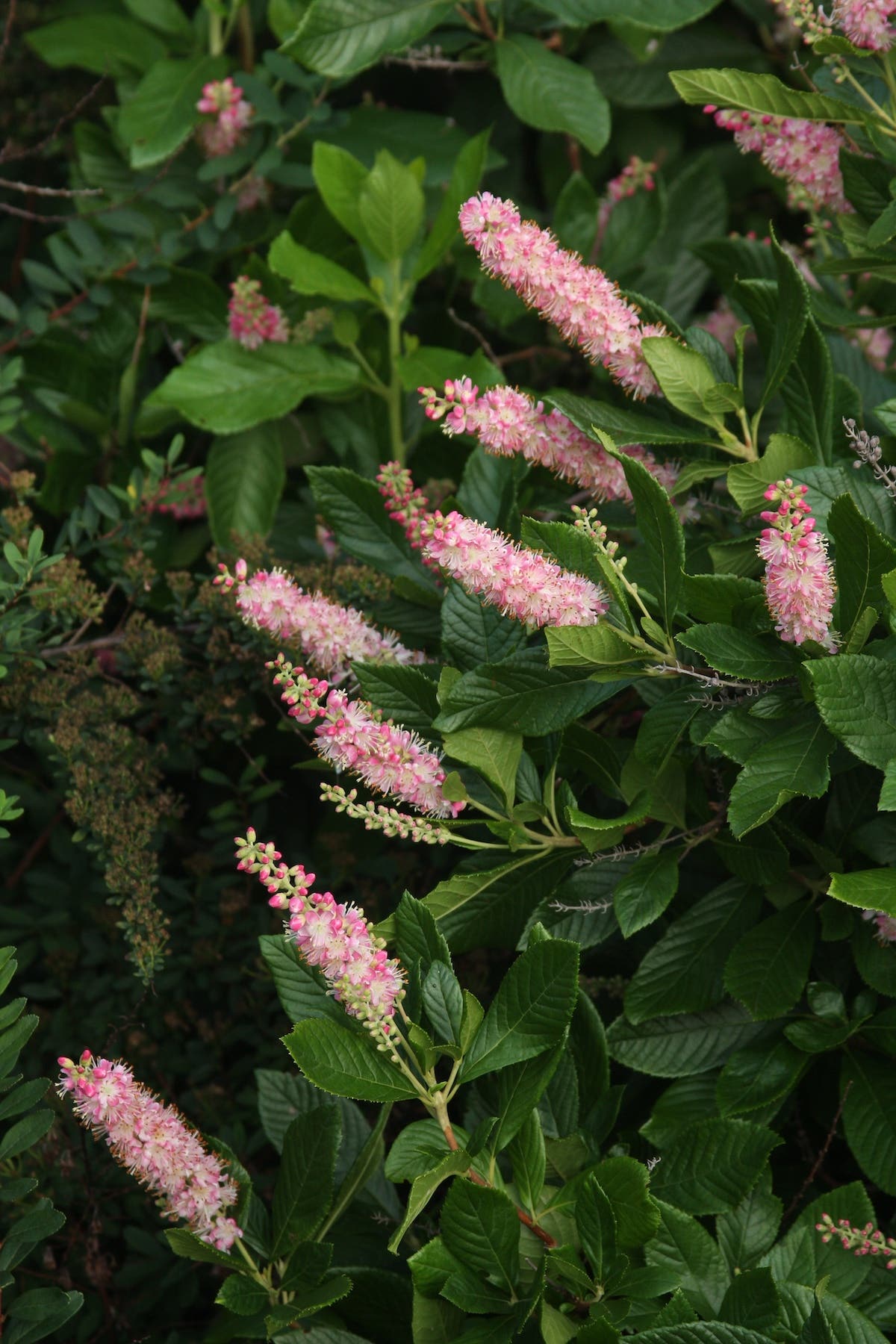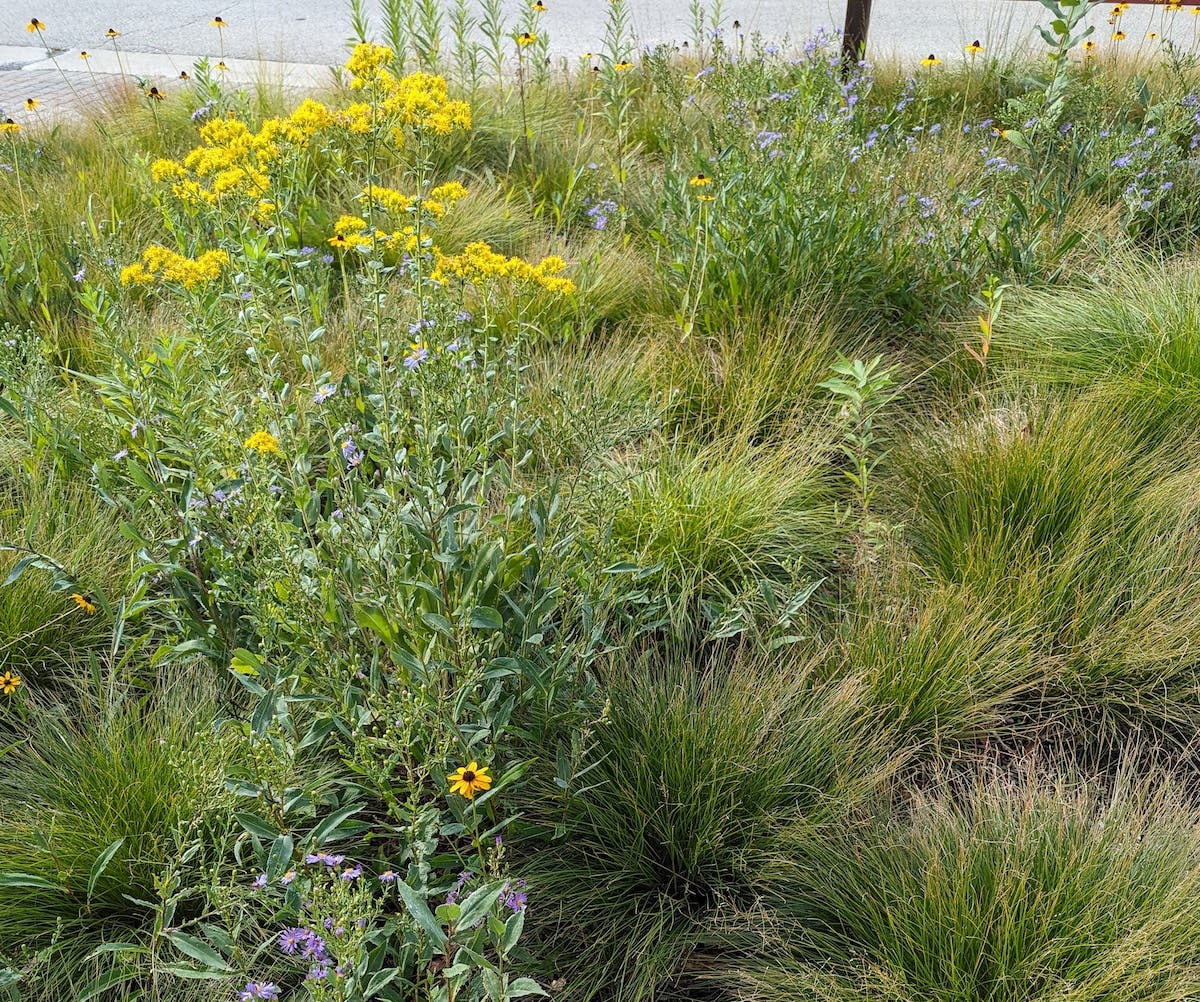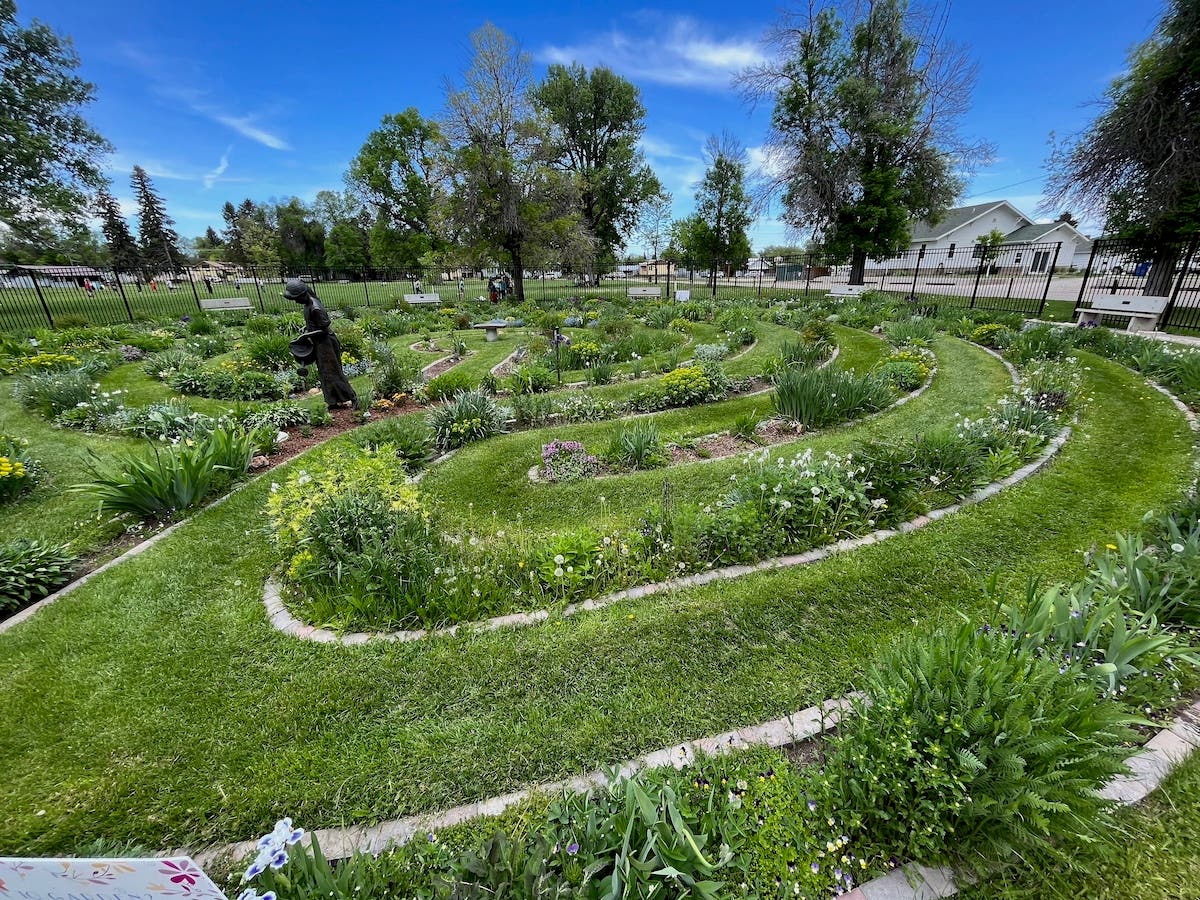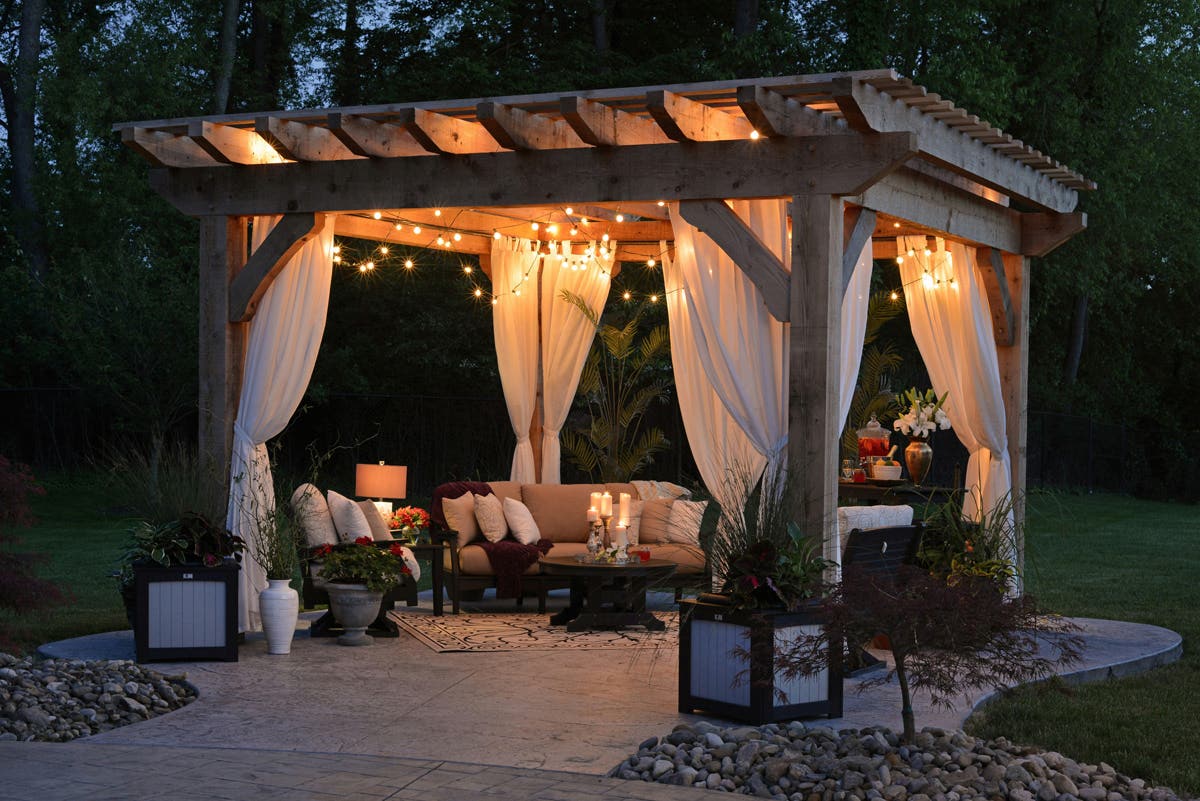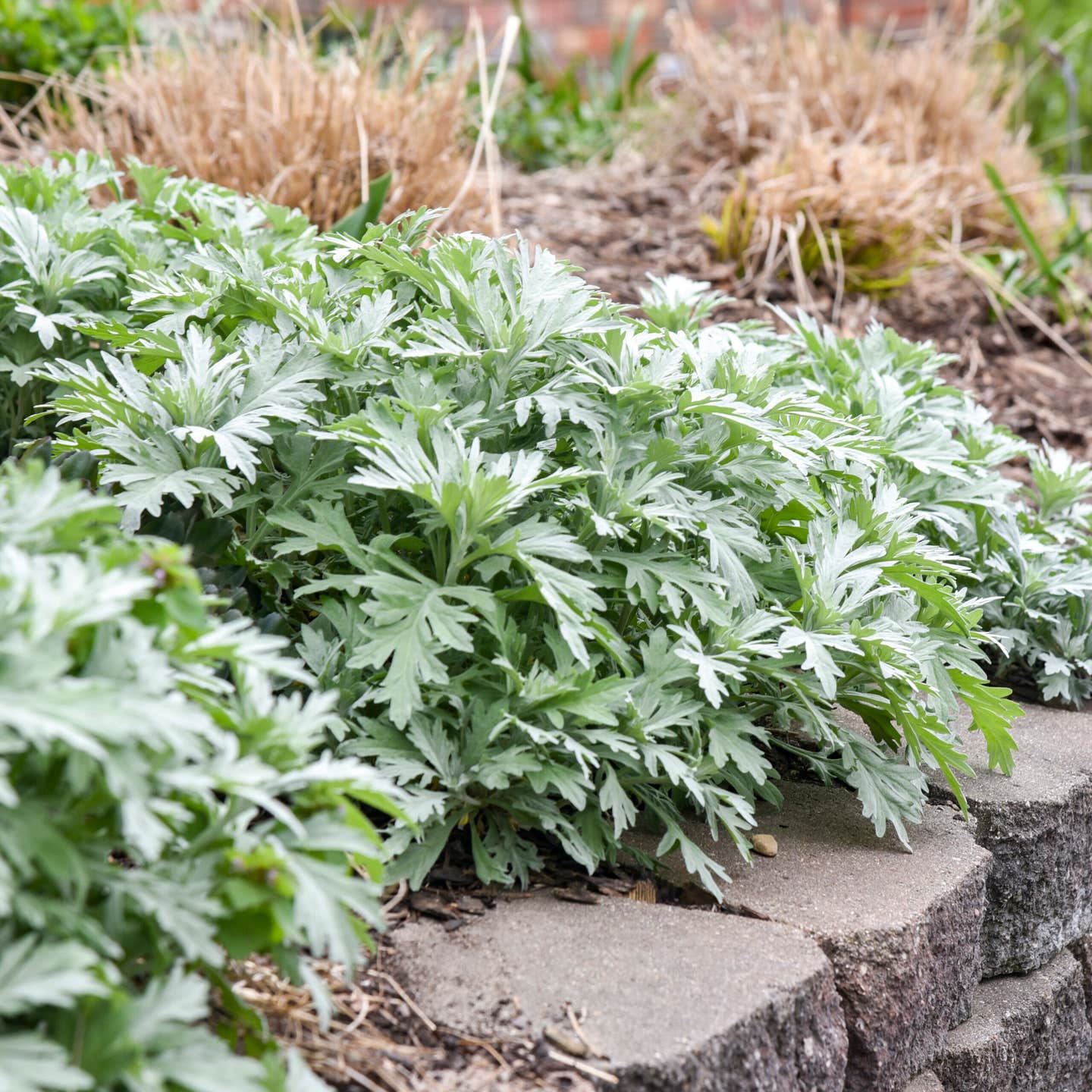Vertical Plants and Their Place in Garden Design
Garden designer Rebecca Sweet offers these tips for placing vertical plants, or those with a strong upright shape, to their best effect in the garden: Image credit: dpproductions / iStock…
Garden designer Rebecca Sweet offers these tips for placing vertical plants, or those with a strong upright shape, to their best effect in the garden:
- Use vertical plants to add the subtle concept of visual motion to the garden. For example, when viewing a garden bed the eye typically scans the horizon, moves up and over the vertical plant and back down to the horizon again.
- Plants with a strong vertical shape are often the stars of the garden—otherwise known as focal points. To keep their impact meaningful, surround these stars with softer shapes that help act as their supporting cast.
- Repeated vertical plants in the garden introduce a sense of cohesion and unity throughout. In addition to vertical evergreens, remember to include plenty of flowers, grasses and succulents with similar shapes.
- Don’t forget the non-living elements in your garden as another source of repetition, helping to echo a plant’s vertical form. Examples include garden obelisks or statues with a similar shape.
Image credit: dpproductions / iStock / Getty Images
Meghan ShinnAuthor
Related Stories


